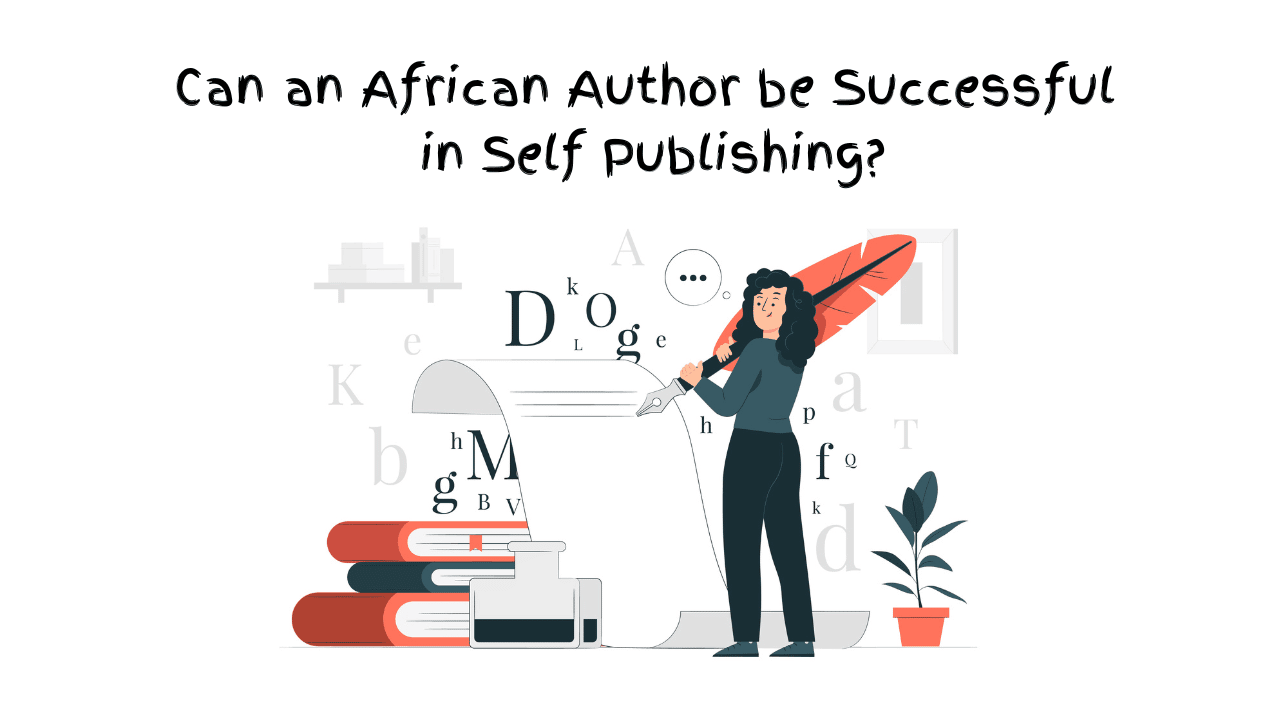What is show don’t tell in story writing?
“Show don’t tell” is a fundamental principle in storytelling that encourages writers to use descriptive language, actions, dialogue and scenes to reveal information to the reader, rather than simply telling them outright. It emphasizes the importance of engaging the reader’s senses and imagination, allowing them to experience the story firsthand rather than being told what to think or feel.
Here’s a breakdown of what “show don’t tell” means:
Show: Instead of explicitly stating information or emotions, show them through vivid descriptions, actions, and sensory details. Show characters interacting with their environment, experiencing emotions, and responding to events in a way that allows readers to draw their own conclusions.
Don’t Tell: Avoid telling the reader what to think, feel, or believe directly. Instead of stating facts or summarizing events, allow the story to unfold naturally through scenes and dialogue. Trust the reader to infer meaning from the details and experiences presented in the narrative.
For example, consider the following scenarios:
Telling: “Samantha was nervous about her job interview.”
Showing: “Samantha’s palms sweated as she smoothed her wrinkled blouse for the tenth time. Her heart raced like a runaway train, and she struggled to control the tremble in her voice as she rehearsed her answers in the mirror.”
In the first example, the writer tells the reader that Samantha is nervous. In the second example, the writer shows Samantha’s nervousness through her physical reactions and behavior, allowing the reader to experience her anxiety firsthand.
By employing the “show don’t tell” technique, writers can create more immersive and engaging narratives that draw readers into the story world and allow them to experience the characters and events on a deeper level. It’s about trusting the reader to interpret and engage with the story, rather than spoon-feeding them information or emotions.
Best examples of show don’t tell in Christian literature
In Christian literature, this technique is often used to convey spiritual truths, moral lessons, and the inner workings of faith in a vivid and engaging manner.
Here are some examples of how “show don’t tell” is effectively utilized in Christian literature:
“The Pilgrim’s Progress” by John Bunyan: This allegorical novel follows the journey of Christian as he travels from the City of Destruction to the Celestial City. Through vivid descriptions of Christian’s encounters with various characters, obstacles, and landmarks along his pilgrimage, Bunyan illustrates profound spiritual truths and moral lessons. For example, instead of telling readers explicitly about the dangers of sin, Bunyan shows the consequences of sin through the character of Christian as he struggles with temptations and faces the consequences of his actions.
“Till We Have Faces” by C.S. Lewis: In this retelling of the myth of Cupid and Psyche, Lewis explores themes of love, faith, and redemption. Through the experiences of the main character, Orual, and her interactions with others, including the gods, Lewis reveals profound insights into the human condition and the nature of divine love. Rather than explicitly stating theological concepts, Lewis uses the characters’ actions, dialogue, and relationships to convey deeper spiritual truths.
“The Hiding Place” by Corrie ten Boom: This memoir recounts ten Boom’s experiences during the Holocaust, including her time in a concentration camp for hiding Jews. Through vivid descriptions of the horrors of war, the resilience of the human spirit, and the power of forgiveness, ten Boom demonstrates the transformative impact of faith in the face of adversity. Rather than telling readers about the importance of forgiveness, ten Boom shows its profound effects through her own actions and experiences.
“Redeeming Love” by Francine Rivers: In this historical romance novel set in the American West, Rivers explores themes of love, redemption, and grace. Through the characters’ interactions and experiences, including the protagonist’s journey from brokenness to healing, Rivers illustrates the transformative power of God’s unconditional love. Instead of explicitly stating theological truths, Rivers shows them through the characters’ relationships, emotions, and growth throughout the story.
“The Shack” by William P. Young: In this novel, Young explores questions of faith, suffering, and the nature of God through the experiences of the main character, Mackenzie Phillips. Through Mackenzie’s encounters with the Trinity personified as characters in the story, Young shows readers different aspects of God’s character and the complexities of human emotions and beliefs. Rather than telling readers what to believe, Young invites them to journey alongside Mackenzie as he wrestles with his faith and experiences profound encounters with God.
These examples demonstrate how “show don’t tell” can be effectively employed in Christian literature to convey spiritual truths, moral lessons, and the complexities of faith in a compelling and immersive manner. Through vivid descriptions, authentic dialogue, and relatable characters, authors can engage readers in meaningful exploration of Christian themes and ideas.
Step1: Prepare Yourself to Get Published…
Are you ready to publish your book? Here is how you need to prepare. Have your manuscript ready and explore the oprions available today. If you are stuck in getting it started or finished, there is several ways to get help. Explore and get published today!
Read MoreStep2: Let’s Talk About Publishing
The self-publishing landscape has changed considerably in the past two decades with new technologies such as the Internet, and the $1 billion markets continuing to change at a rapid pace. Increasingly, there are numerous alternatives to traditional publishing, and self-publishing is becoming the first choice for writers.
Read MoreStep3: Factors to Consider Before Self Publishing
Jesus, while talking to the disciples about following Him, asked them to count the cost. The same Scripture applies to authors today - you have to count the cost from the beginning to ensure you don't stop at some point in your book project's journey.
Read MoreStep4: Requirements for Self Publishing
Are you ready to be published? Use our 4 points check list and tick 'Published Author' box so you can move on to the next God-given assignment...
Read MoreStep5: Publishing Steps – Review
Is your manuscript due for a review towards getting published? The major focus during manuscript review is the general quality of the book. It is important to establish the overall completeness, scope and readership of the manuscript and whether the presentation and accessibility of the book is suitable. #RaisingAfricanVoices
Read MoreStep5a: How to Write a Book Dedication
A book dedication is a way for you, the author to bestow a high honor on a person (or a group of people) you wish to praise or otherwise spotlight. This dedication note is often short and usually focused on one person (or a specific group of people). It’s supposed to be personal, rather than professional. It goes on the dedication page, which is in the very front of the book, after the title page. Here's how to write one. #RaisingAfricanVoices
Read MoreStep5b: How to Write a Book’s Foreword
A well-written foreword can function as the ultimate third-party recommendation or endorsement for your book, generating interest and helping when it’s time to market your book. Here are the benefits of forewords and a guide to writing one. #RaisingAfricanVoices
Read MoreStep5c: How to Write a Book Introduction
Are you stuck on writing your book introduction? Here's how to... Hook the reader right from the beginning with a personal story from your life, a funny story, a joke, or just an interesting fact that causes him/her to want to continue reading. #RaisingAfricanVoices
Read MoreStep5d: How to Write a Book’s Conclusion
If your readers are in the conclusion chapter, it also means they read the whole book, they liked it, and now they want you to wrap it up. So don’t rash it. Give them what they want. Here's how to write a good conclusion for your book. #RaisingAfricanVoices
Read MoreStep5e: How to Write an Author’s Bio
People are looking for reasons why they should spend their time reading what you have written. You need to instill confidence in your readers that you are knowledgeable on the subject matter by writing an appropriate bio. Here's how to write one. #RaisingAfricanVoices
Read MoreStep5f: How to Write a Book’s Blurb
A blurb is a short yet descriptive account of the book that goes on the back cover or within the book sleeve of a hardcover book. It includes any information that represents the book best and intrigues the readers and shoppers to pick the book off the shelves. Here's how to write one... #RaisingAfricanVoices
Read MoreStep5g: What to Include in the Copyright Page and Complete the Copyrighting Process
Copyright law gives creators of original material the exclusive right to further use and duplicate that material for a given amount of time, at which point the copyrighted item becomes public domain. Here's what you need to know. #RaisingAfricanVoices
Read MoreStep5h: How to Write an Acknowledgment
An acknowledgment section in a book provides the space to go into lenghty details in thanking the people who were sources of inspiration and support for your book and life. Here'show to write one. #RaisingAfricanVoices
Read MoreStep5i: How to Write a Table of Contents
A table of content shows the things that are held or included in something. In the book industry, it is a list of the chapters or sections given at the front of a book or periodical. Here's how to write one... #RaisingAfricanVoices
Read MoreStep6a: How to Write a Devotional
A devotional book is a literary work designed to provide spiritual inspiration, guidance, and reflection for readers seeking to deepen their faith and relationship with God.
Read MoreStep6b: How to Write a Captivating Novel
A great novel is a complex interplay of various elements, but some key components often contribute to its greatness.
Read MoreStep6c: How to Use Dialogue in Story Writing
Effective dialogue is characterized by authenticity, clarity, and relevance to the story. It should sound natural and believable, reflecting the unique voices and perspectives of the characters. Dialogue tags, such as "said," "asked," and "replied," help identify speakers and maintain clarity in conversations.
Read MoreStep6d: How to Use ‘Show Don’t Tell’ in Story Writing
"Show don't tell" is a fundamental principle in storytelling that encourages writers to use descriptive language, actions, dialogue and scenes to reveal information to the reader, rather than simply telling them outright.
Read MoreStep6e: How to Elevate a Flat Non-fiction Christian Book to Make it Personal and Engaging
"Show don't tell" is a fundamental principle in storytelling that encourages writers to use descriptive language, actions, dialogue and scenes to reveal information to the reader, rather than simply telling them outright.
Read MoreStep6f: Ethical ways to use other people’s public stories in a non-fiction Christian book
"Show don't tell" is a fundamental principle in storytelling that encourages writers to use descriptive language, actions, dialogue and scenes to reveal information to the reader, rather than simply telling them outright.
Read More
















